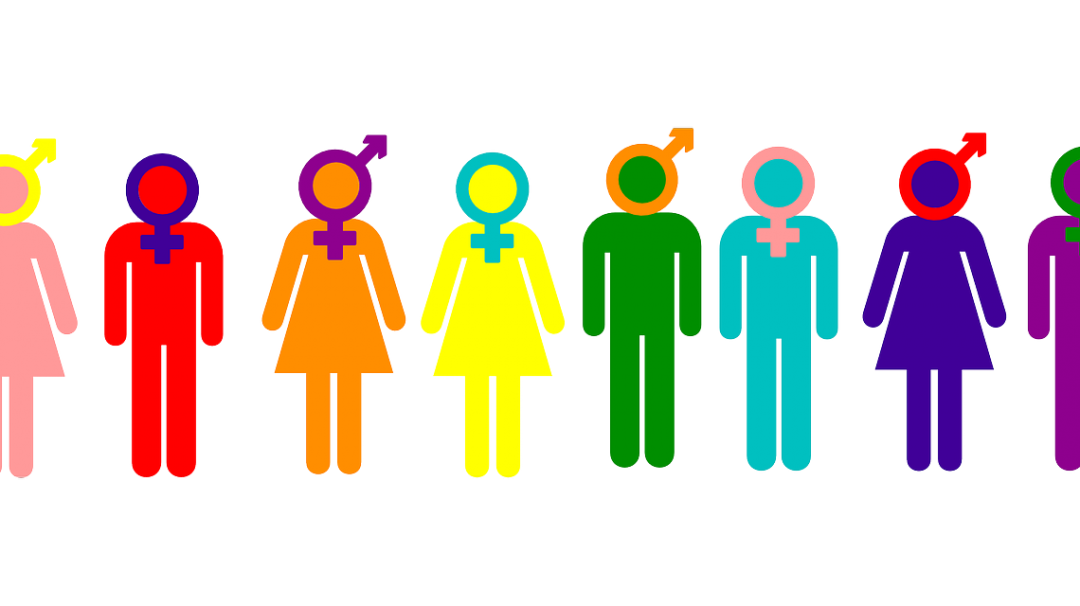The National Survey of Australian Secondary Students and Sexual Health of 2014 found that 43 per cent of the 2,136 students surveyed used a school program as a source of information about sex.
The survey, conducted every five years, identifies the knowledge Australian teens have on sexual health, from HIV, to sexual behaviour and sexuality.
When asked how relevant school programs were to them, 41.2 per cent of students said “somewhat”, 16.8 per cent said “extremely relevant” and 7.2 per cent said they had not received any sexual education at school.
“The information that they gave us sounds good in theory, but in reality, it’s not at all realistic.”
In a first for the survey, students were able to provide their opinion on their sex education through the paper survey or online. The online survey of 270 students found 58 per cent of the respondents were unhappy with what they were being taught.
“The information that they gave us sounds good in theory, but in reality, it’s not at all realistic. For instance, we were taught how to say ‘no’ to sex if we aren’t comfortable with the situation, but none of the techniques would realistically be effective. It seems like the teachers are rushing through the course to get it out of the way and to sort of ‘tick the box’ of having covered the content, but we can all tell that they don’t endorse what they are saying,” says one of the recruited students.
Lucy Dempsey, a PDHPE teacher of four years, explains that the syllabus can only take her so far. It allows her to build on the core of sexual health and respond to her students, to give them the most relevant information to them.
To stay relatable each year she conducts her own research on sexual health issues like the #MeToo movement and consent, and will continually gauge her students’ responsiveness.
“I try to update my knowledge every year. I try to keep across all things happening, definitely with the #MeToo movement and consent. I really focused on consent last year and how that is affected in different situations … and (I) link that back to the core of the subject,” she says.
“Almost unbelievably, students are being taught from a text drafted before social media or smartphones were invented.”
In April 2018, Education Minister Rob Stokes announced there will be a complete overhaul of the 2003 PDHPE syllabus. It’s the first overhaul in 15 years.
“The world is unrecognisable compared to just 15 years ago. Almost unbelievably, students are being taught from a text drafted before social media or smartphones were invented,” Mr Stokes said.
Secondary students begin to learn about sexual health in Year 7 and the syllabus aims to “contribute to the cognitive, social, emotional, physical and spiritual development of students”.
The syllabus acknowledges the how PDHPE classes will shape the future for student’s sexual health.
“PDHPE provides the opportunity for young people to explore issues that are likely to impact on the health and wellbeing of themselves and others, now and in the future.”
Another document provided to schools and teachers is the “Personal Development, Health and Physical Years 7-10: Advice on programming and Assessment”. It says that schools can take the syllabus and model it to fit into their own principles.
“The syllabus acknowledges that schools require the flexibility to design PDHPE programs that reflect their ethos and best meet their specific needs and circumstances.”
The National Survey of Australian Secondary Students and Sexual Health 2013 found that 93 per cent of students knew HIV could be transmitted by sharing needles; 90 per cent knew it could be spread by sexual intercourse.
Ms Dempsey finds this differs in her classes. She says that HIV/AIDs knowledge is still low and outdated, and she stresses the importance of teaching students the basics.
Ms Dempsey says this is a very important issue because “it’s a topic that students might not get … anywhere else. They need to learn these skills. It’s a life skill.”
Dr David Rhodes, a senior lecturer in the School of Education at Edith Cowan University, says a lack of education about sexually transmitted diseases is reflected in the rise of STIs in the youth of Australia.
The University of New South Wales’s Kirby Institute‘s national report on Australia’s sexual health found in 2015 a total of 66,033 people were diagnosed with chlamydia. Seventy-seven per cent were between the ages of 15 and 29.
But in 2013, only 60 per cent of students knew that chlamydia affects both men and women.
“It shows that our system is broken. If we’re teaching students that something could potentially kill them, and they’re still doing it … then we aren’t doing it properly,” Dr Rhodes says. “I don’t think we’re being open enough about it.”
In European countries like the Netherlands, Denmark, and Belgium, The World Bank reported that there were five or six teen births per thousand people, respectively. Dr Rhodes believes this is due to the progressive teaching of sex education.
“At the moment we’re finding Western European countries particularly are far more advanced than (Australia) in our sex education.”
“I think that Australia is far too conservative in our approach, and that we start sex education too late. We should be introducing it early in primary school. And we shouldn’t be shying away from sex education, sexuality, gender and healthy relationships,” Dr Rhodes says.
Another survey with over 2000 respondents also highlighted the importance of sexual health being taught in classrooms. Sixty-eight per cent of boys found school programs to be the most trusted source of information. Sixty-seven per cent of girls found school programs less helpful than their mums.


